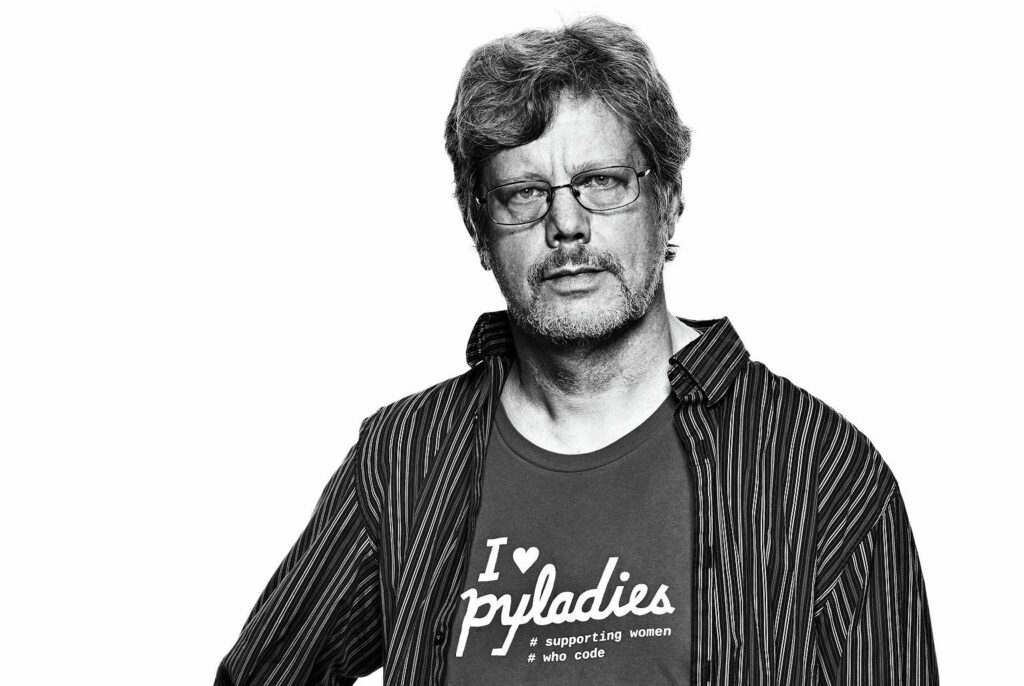If you’re an experienced programmer, you may have heard of Guido Van Rossum before. He’s the creator of the Python programming language, and he’s also worked as an engineer at Google, Apple, and MercadoLibre. It’s hard to find more experience in software design and implementation than that! What inspired Van Rossum to create Python? What other programming languages does he prefer? And what can we learn from him about the future of software design? These questions and more will be answered in our Life in Code Guido Van Rossum biography.
Guido Van Rossum isn’t your typical computer scientist, but his accomplishments in the field have propelled him to the forefront of programming luminaries and led him to create one of the most widely used languages of all time: Python.

His contributions to technology have been recognized by several different organizations and publications, including the Association for Computing Machinery, which included him on its list of ACM fellows in 2012, as well as Popular Science magazine, which included him on its list of popular science’s biggest innovators in 2014.
Early Life
In 1977, van Rossum was a student at the University of Amsterdam, where he studied mathematics and physics. He became interested in programming when he wrote a program to help his mother with her bookkeeping and learned about computer programming from an Austrian professor. He taught himself more about programming languages but found that most were too complicated for what he wanted to do.
In 1980, van Rossum read about a new programming language called ABC – designed by Alan Kay – which seemed ideal for teaching children how to program. In 1983, van Rossum started working on an interpreter for the language as part of his thesis project while attending university part-time.
Education
Van Rossum was born and raised by his parents in Netherlands. He got master’s degree in computer science and mathematics in 1982 from Amsterdam University. Later he also received one bronze medal in the year 1974 in International Mathematical Olympiad. Van has a brother, named Just Rossum, who is a programmer and designer known for designing typeface used in “Python Powered” logo. At present, Van lives in California with his wife Kim Knapp & Orlijn their son.
Creating Python
Rossum dreamed of creating his own programming language. Inspired by the ABC language and its ability to handle exceptions without using GOTOs, he decided to develop a new programming language with the help of a Dutch teacher, who had been developing a similar project. Python’s syntax was largely inspired by ABC’s, but it extended some of ABC’s ideas. For example, it used indentation for indicating control flow, rather than keywords or GOTO. It would later become one of the first languages to support lexical scoping, which is vital in maintaining large programs.
It also incorporated many data structures found in other languages such as lists and dictionaries, with the aim of making this common information easy to find.
Rossum has said that these were two key concepts that differentiated Python from other languages at the time. He chose Python because it was short and not trademarked.
Awards
- Advancement of Free Software Award in 2001
- Received NLUUG Award in 2003
The post Guido Van Rossum Biography appeared first on The Crazy Programmer.
from The Crazy Programmer https://ift.tt/e9R3qpC
Comments
Post a Comment